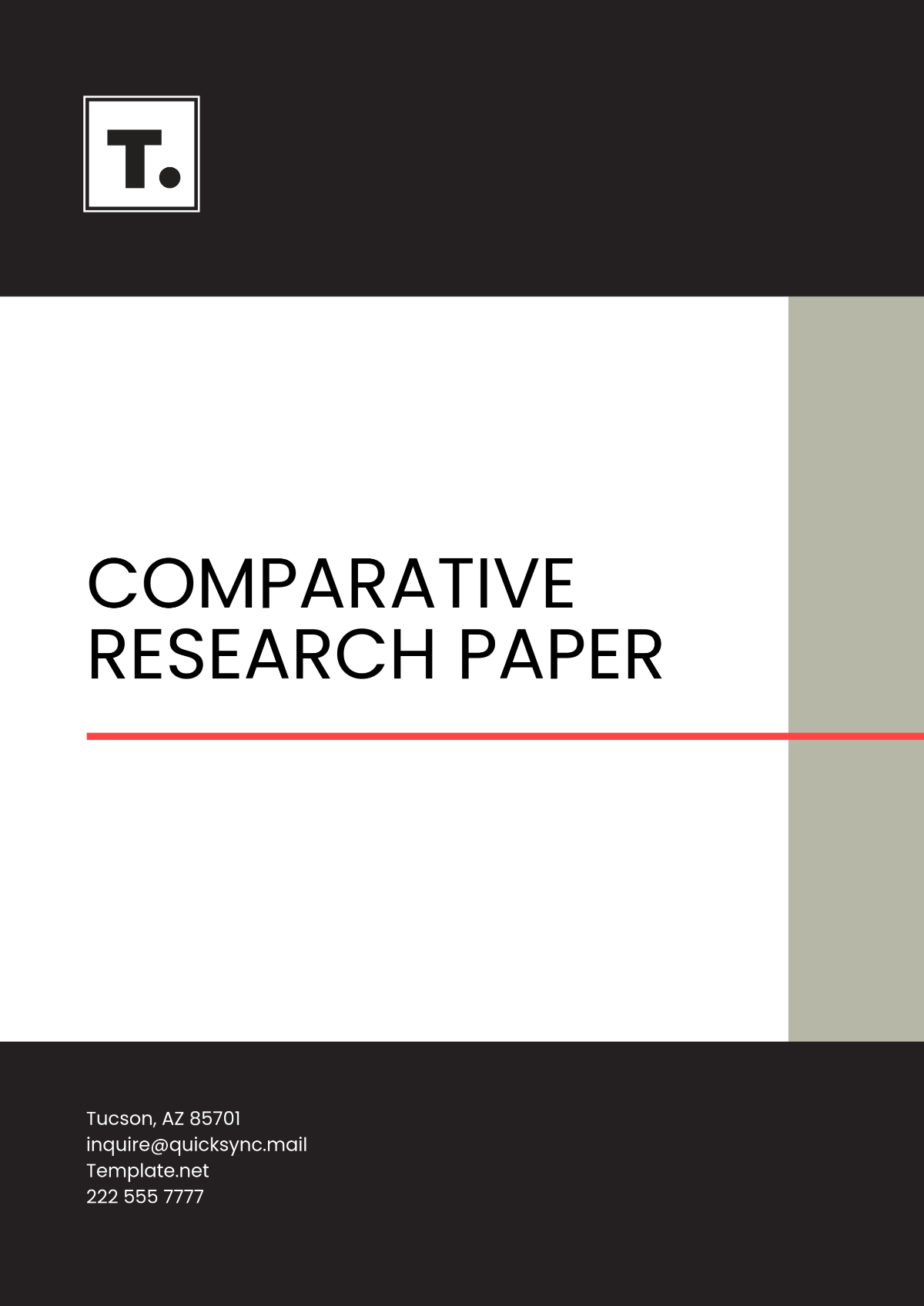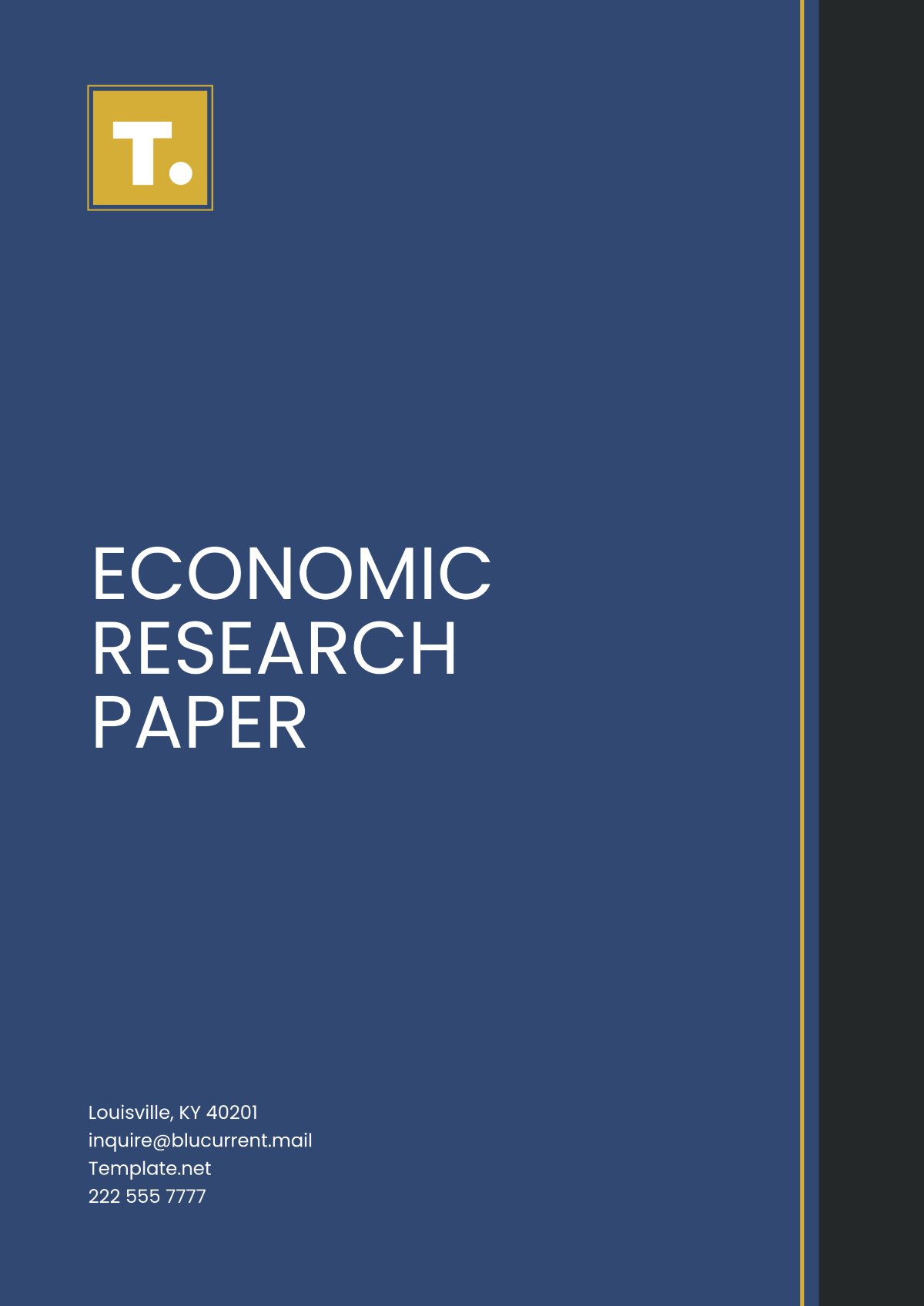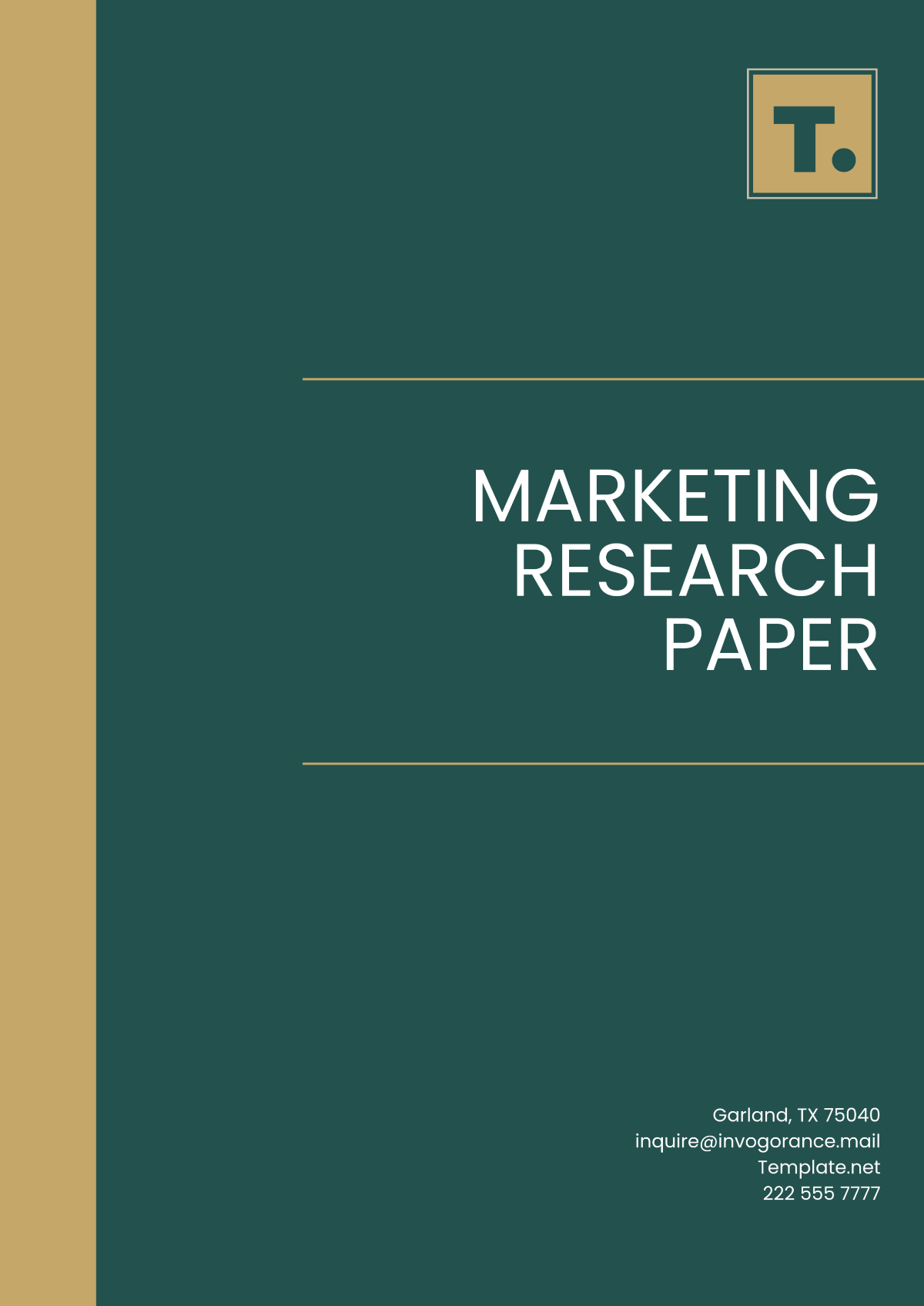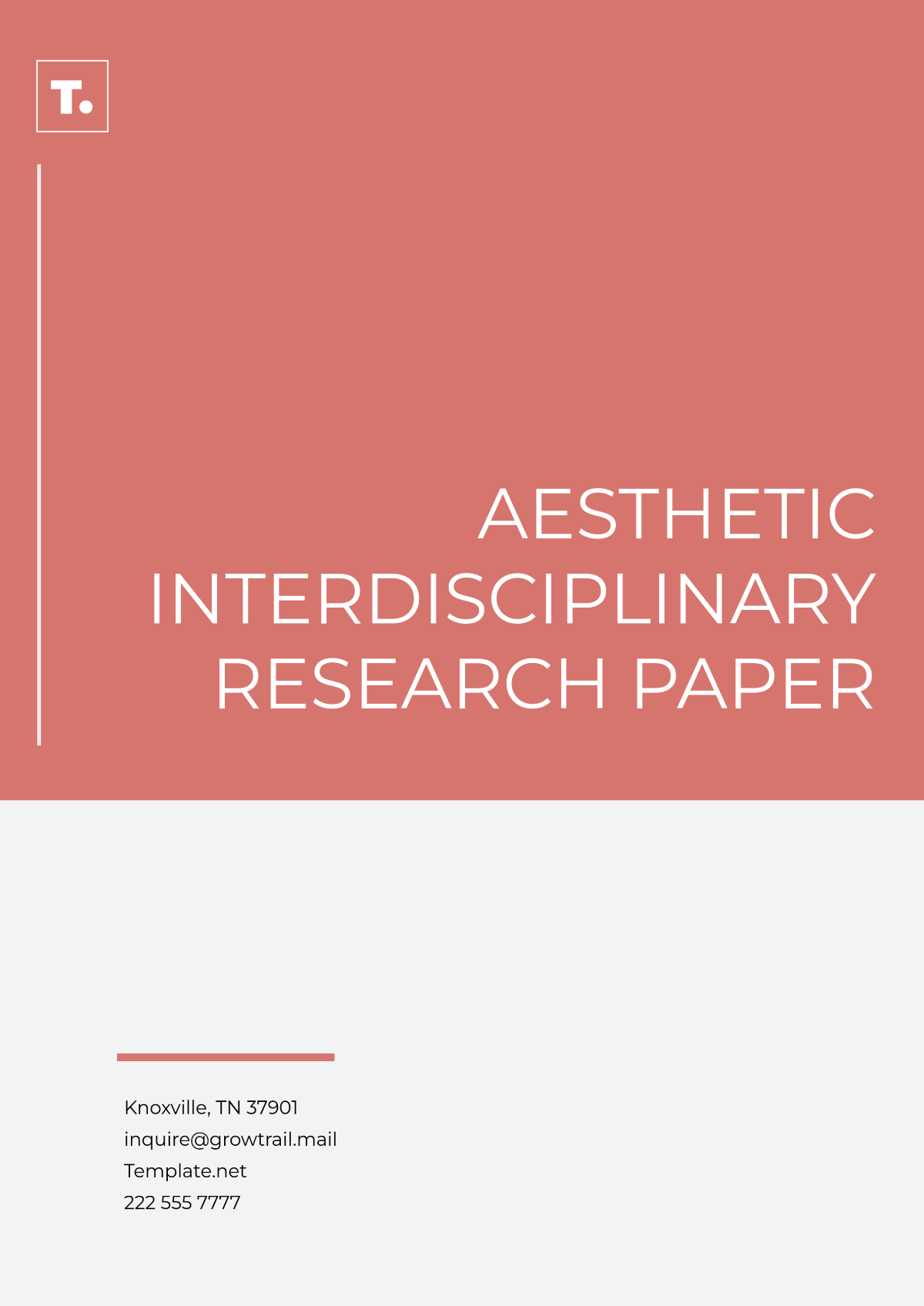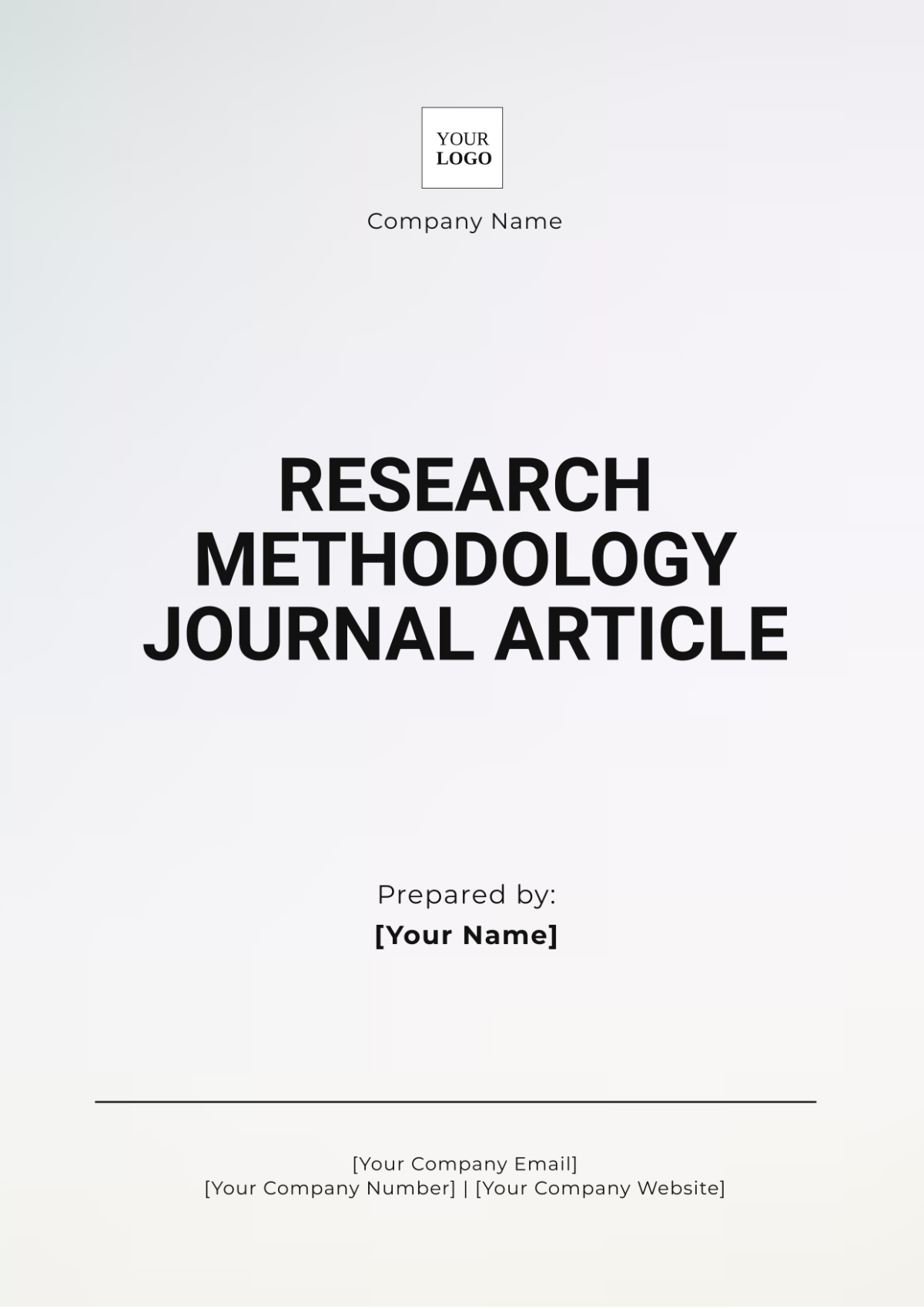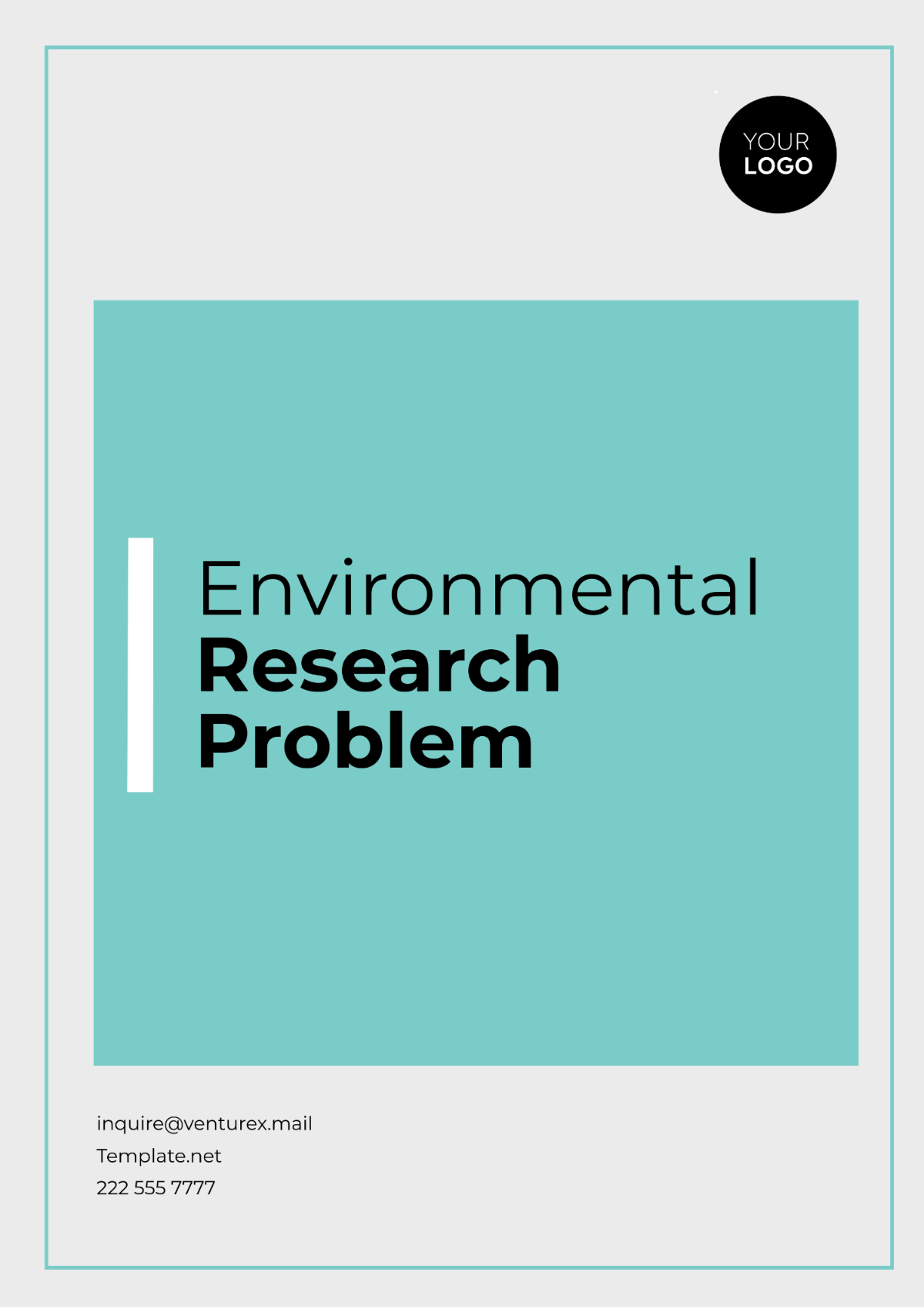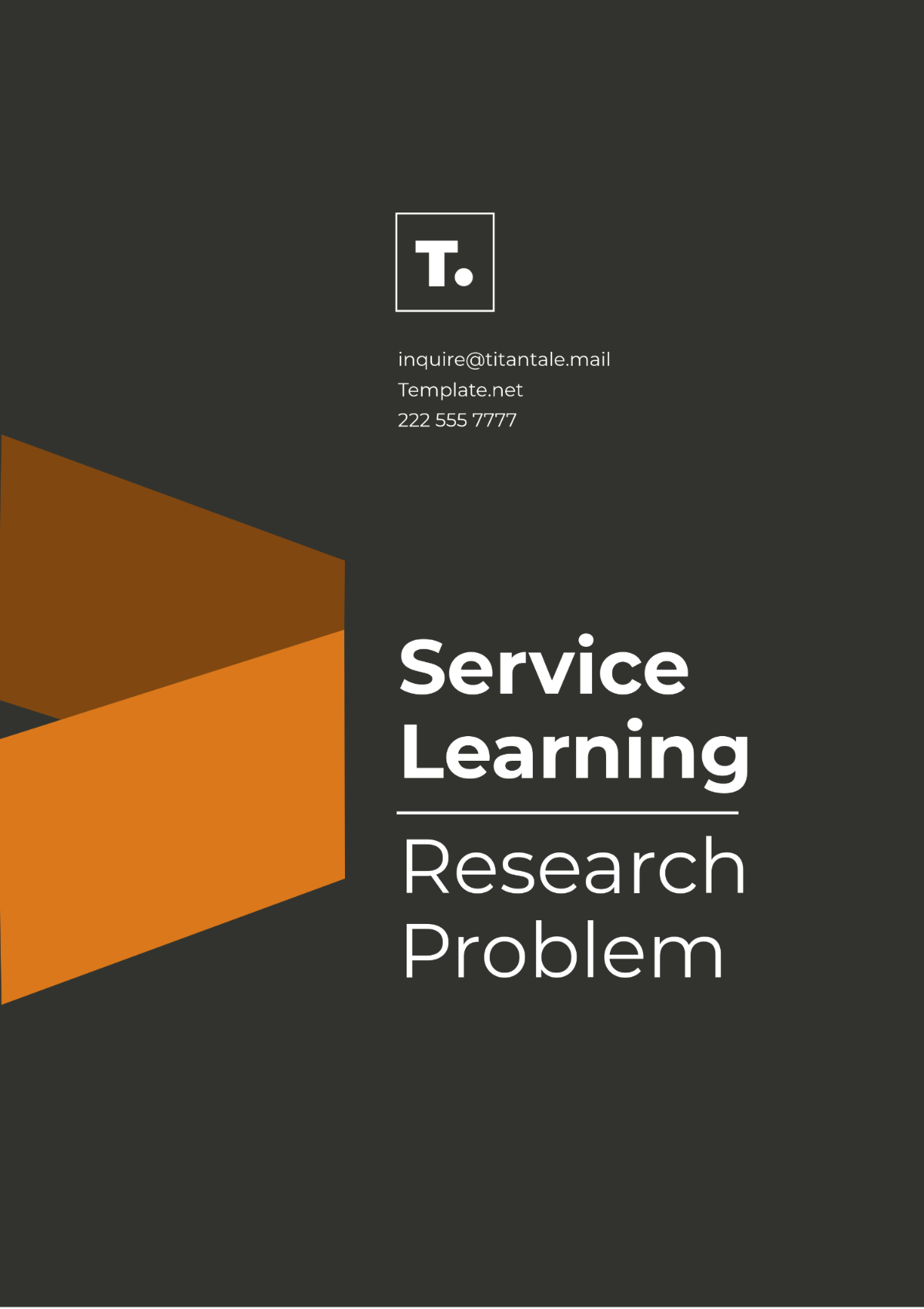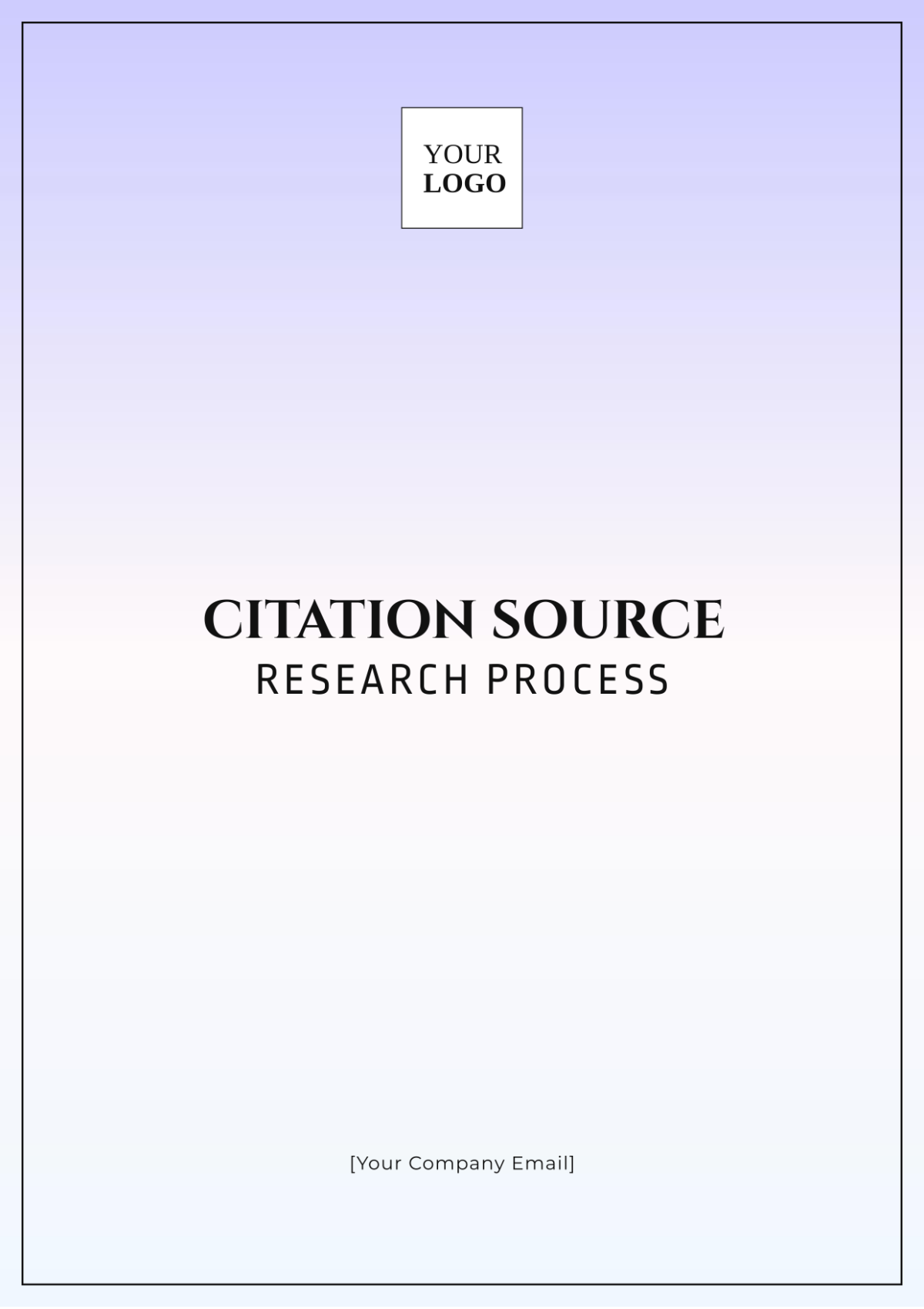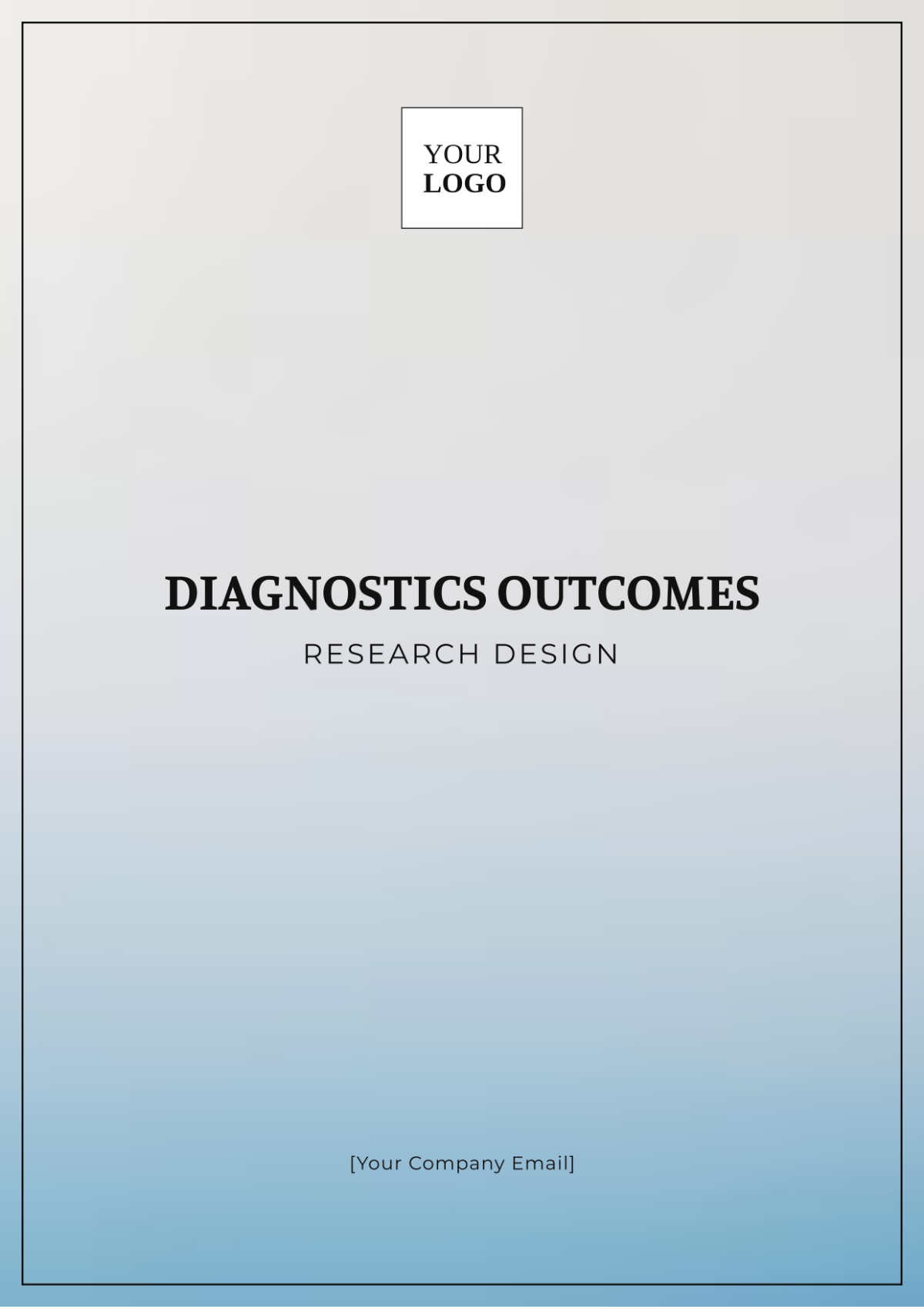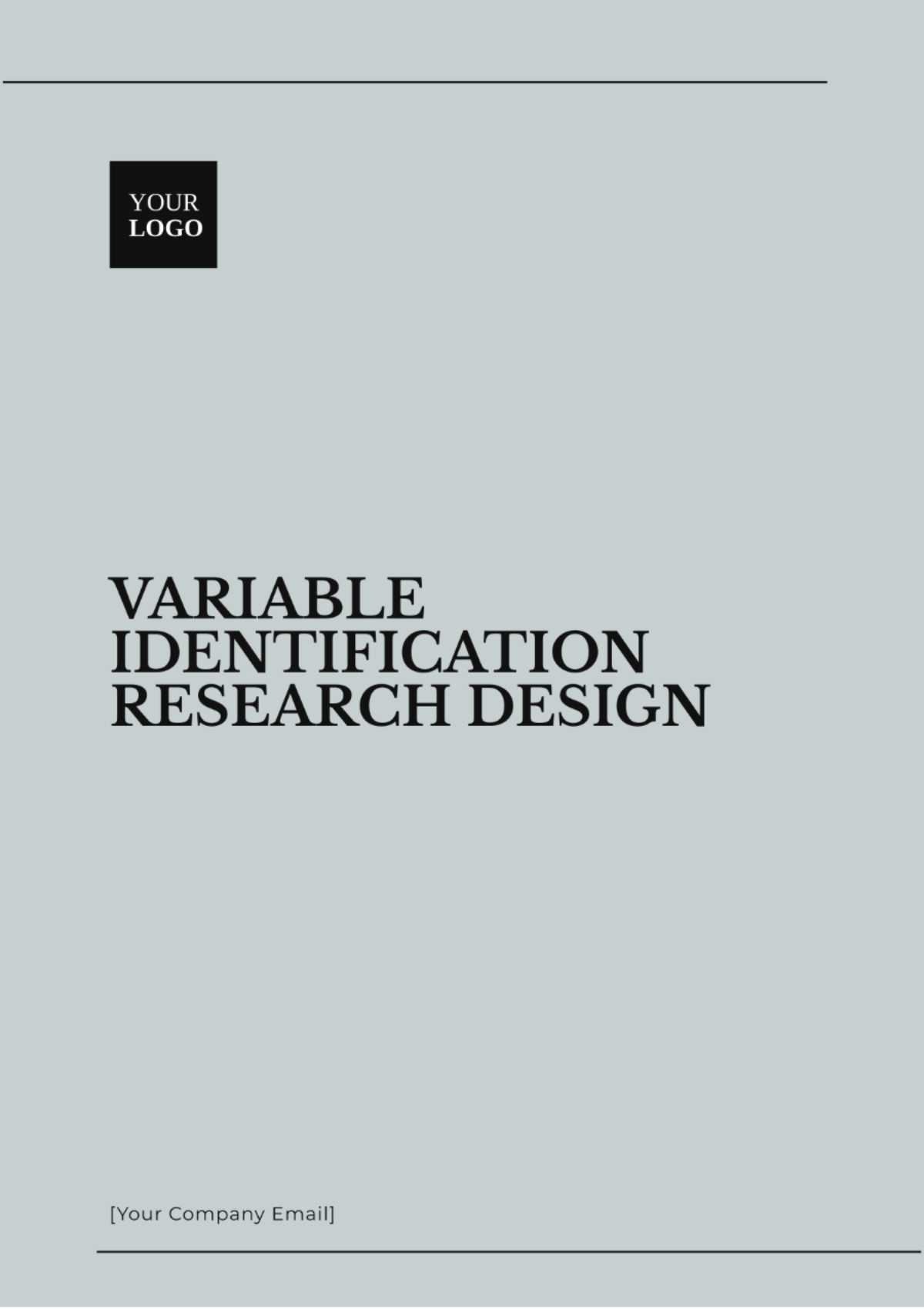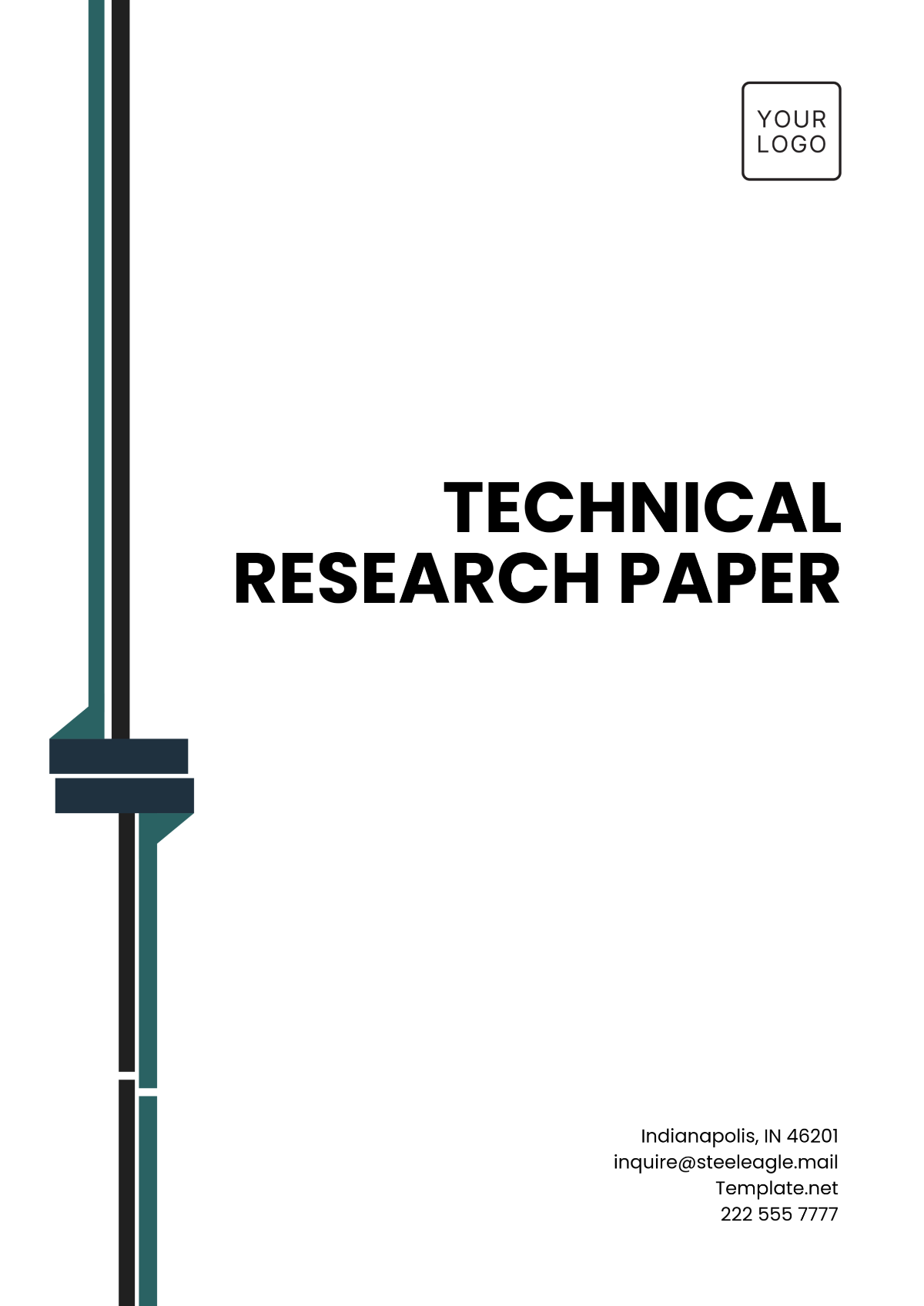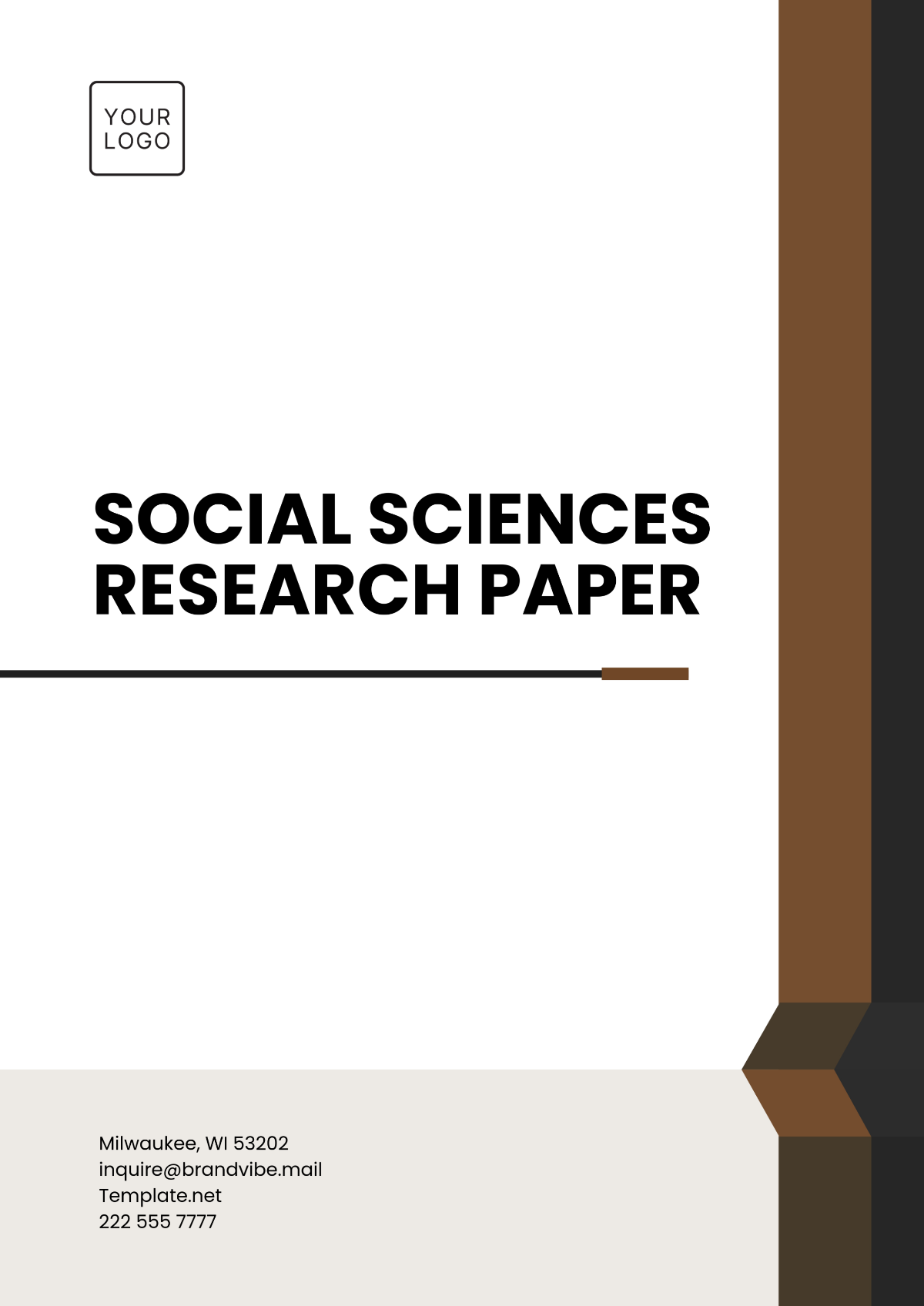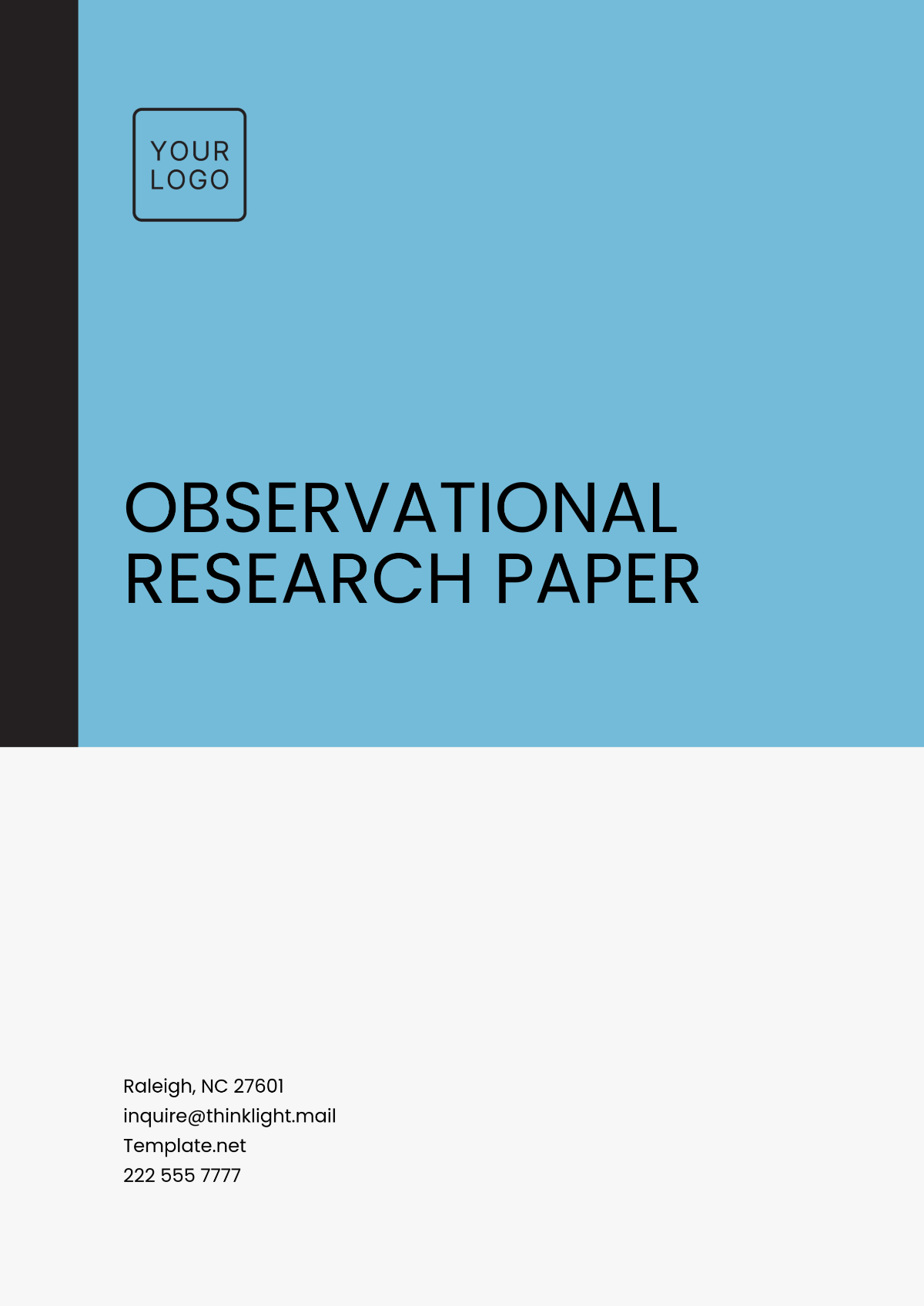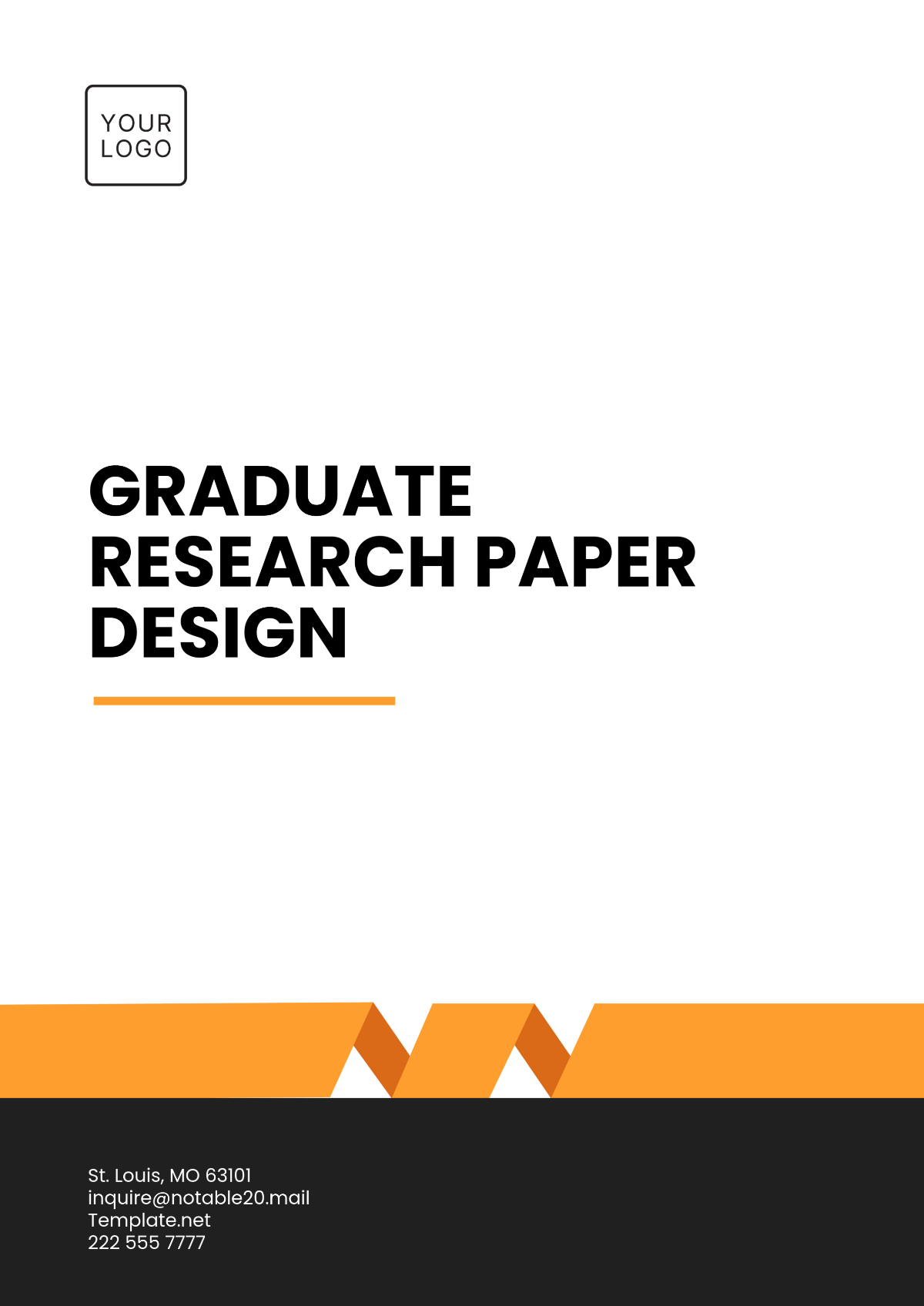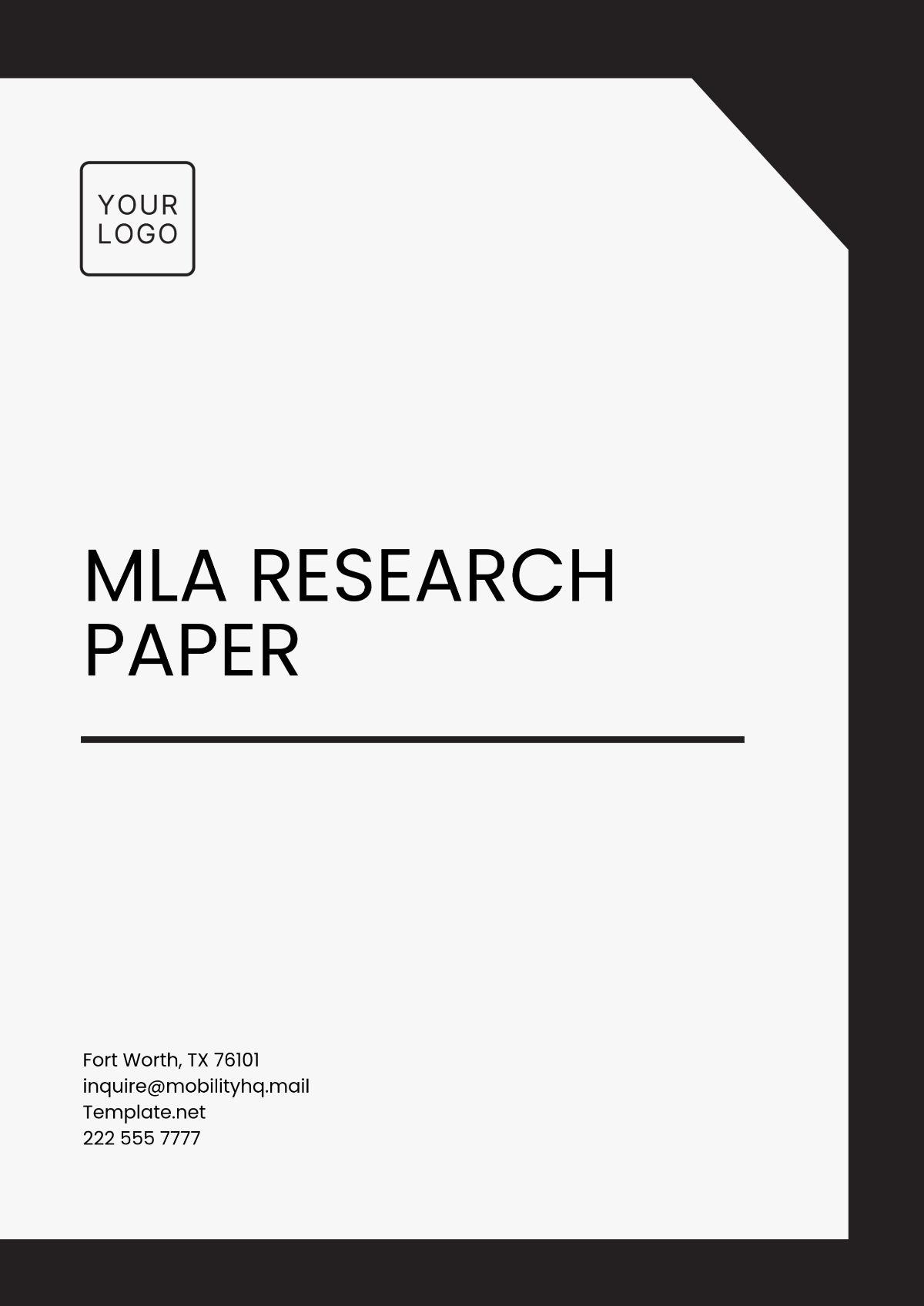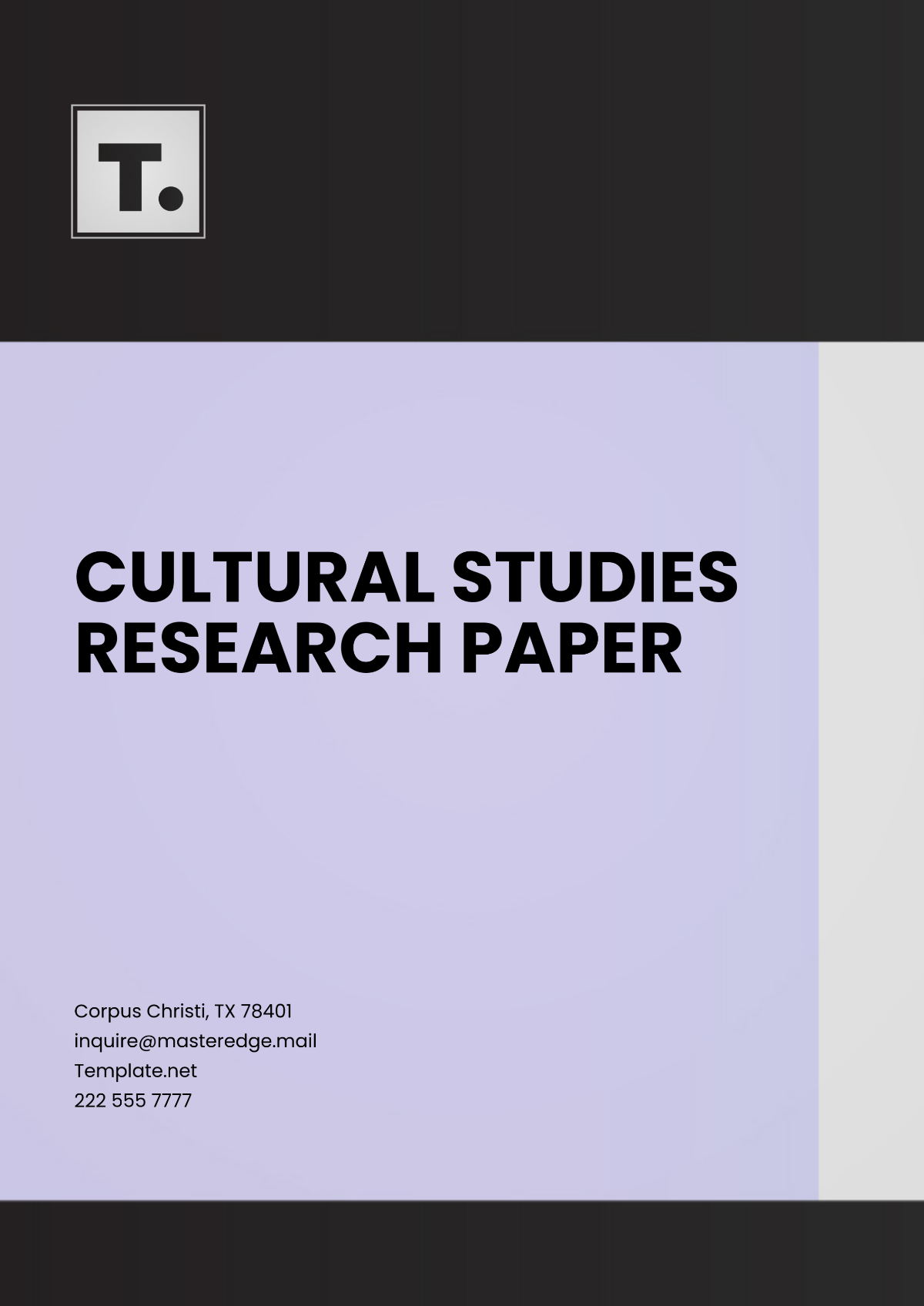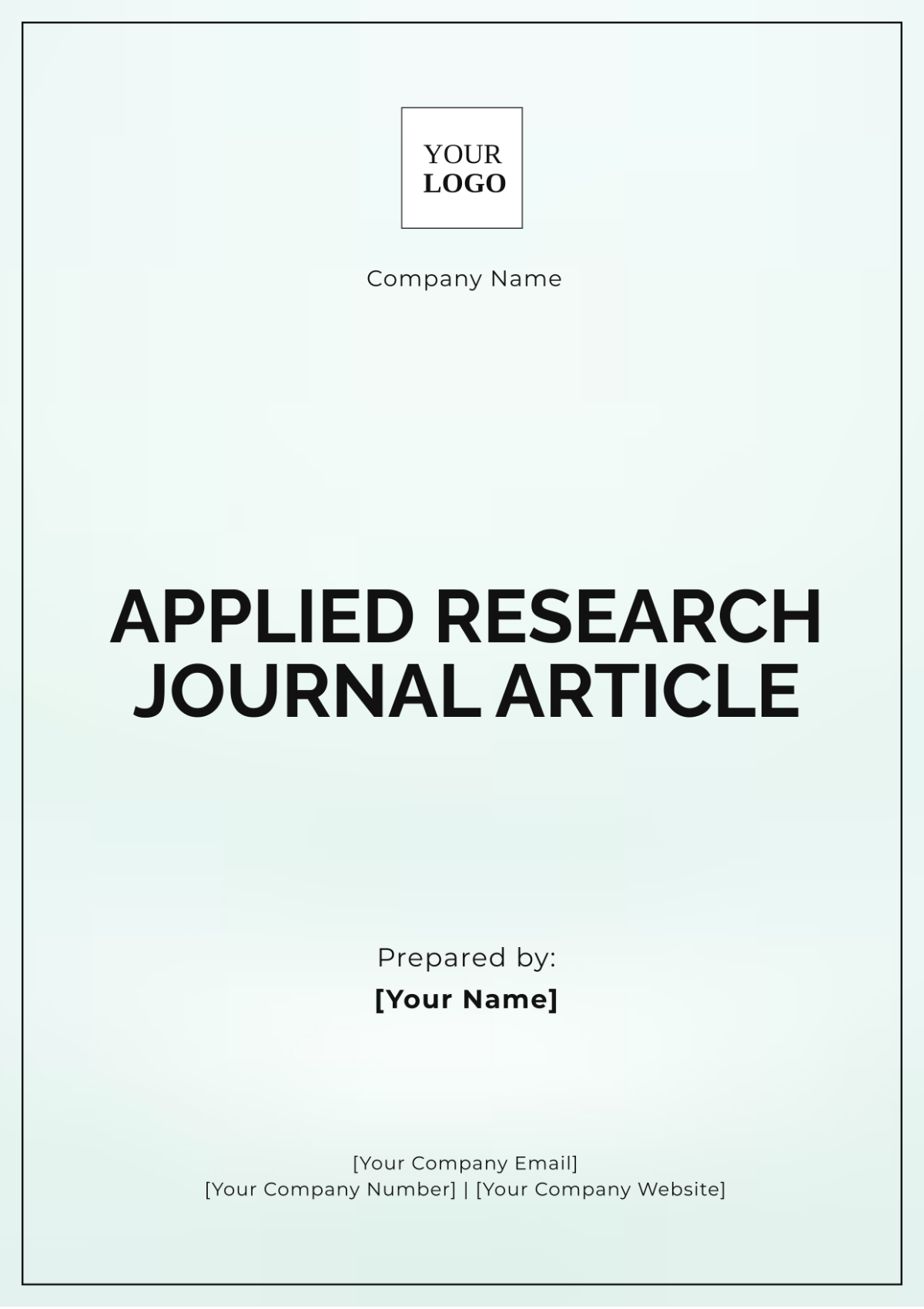Exploratory Museum Studies Research
Prepared by: [Your Name]
Date: [Date]
1. Introduction
1.1 Background
Museum studies have evolved significantly over the past decades, adapting to changes in technology, society, and cultural heritage preservation. With the advent of digital technologies and increased emphasis on inclusivity and community engagement, museums have become dynamic spaces for education and cultural exchange. This research explores these evolving aspects and their impact on museum practices and visitor experiences.
1.2 Objectives
The primary objectives of this research are to:
Investigate the integration of digital technologies in museum environments.
Assess the impact of community engagement programs on museum attendance.
Identify emerging trends in museum curation and education.
2. Literature Review
2.1 Historical Overview
Historically, museums have served as repositories of cultural artifacts and educational centers. Over time, museums have continually adapted to changing societal needs. Key milestones include the rise of digital exhibits and the shift towards interactive and participatory models in recent decades.
2.2 Recent Trends
Recent trends highlight the increased use of virtual reality (VR) and augmented reality (AR) to enhance visitor experiences. Studies from 2051 indicate that immersive technologies have become central to museum engagement strategies. Additionally, there is a growing emphasis on diversity and inclusivity, with museums adopting more community-centered approaches.
3. Methodology
3.1 Research Design
This exploratory research employs a mixed-methods approach, combining quantitative surveys and qualitative interviews. Data collection focuses on museums in major urban centers, analyzing their adoption of digital technologies and community programs.
3.2 Data Collection
Data was collected from January 2052 to June 2052 using the following methods:
Surveys: Distributed to museum visitors and staff to gather quantitative data on digital engagement and visitor satisfaction.
Interviews: Conducted with museum curators and program managers to gain qualitative insights into community engagement practices and technological integration.
4. Findings
4.1 Key Insights
The research reveals that museums integrating digital technologies have seen a 35% increase in visitor engagement. Community engagement programs have contributed to a 25% rise in local attendance. Additionally, interactive exhibits are highly favored, with 60% of visitors reporting a more memorable experience.
4.2 Case Studies
The Metropolitan Museum of Art (2052): Implemented a VR exhibit that allows visitors to experience historical events. This innovation resulted in a 40% increase in visitor numbers and positive feedback on immersive experiences.
The National Museum of Inclusivity (2051): Launched a series of community-driven exhibitions featuring local artists. This approach has fostered stronger community ties and a 30% increase in local patronage.
5. Analysis and Interpretation of Data
5.1 Data Analysis
The data analysis indicates that the integration of digital technologies has not only enhanced visitor engagement but also provided museums with new tools for storytelling and education. Statistical analysis shows a significant correlation between the use of VR/AR and increased visitor satisfaction.
5.2 Interpretation of Results
The results suggest that museums adopting digital innovations are more successful in attracting and retaining visitors. The increased community involvement through targeted programs also highlights the value of local engagement in driving museum attendance. The findings underscore the need for museums to continually adapt and innovate to meet evolving visitor expectations.
6. Discussion
6.1 Interpretation
The findings align with the hypothesis that technological advancements and community engagement are crucial for modern museum success. The increased visitor engagement through digital technologies suggests that museums are effectively leveraging these tools to enhance educational experiences and attract diverse audiences.
6.2 Implications
Museums should continue to invest in digital technologies and develop community-focused programs. This approach not only improves visitor satisfaction but also promotes inclusivity and local involvement. Future research should explore the long-term impacts of these strategies on museum sustainability and visitor demographics.
7. Conclusion
7.1 Summary
This research highlights the significant role of digital technologies and community engagement in transforming museum practices. Museums that embrace these changes are likely to see increased visitor engagement and satisfaction.
7.2 Recommendations
Adopt Advanced Technologies: Museums should integrate VR and AR to offer immersive experiences.
Strengthen Community Programs: Develop and promote community-driven exhibitions and events to boost local involvement and attendance.
Future Research: Investigate the long-term effects of digital and community engagement strategies on museum sustainability.
8. References
Smith, J. (2051). The Digital Evolution of Museums. Museum Studies Quarterly, 45(2), 123-135.
Johnson, L., & Lee, M. (2052). Community Engagement in Modern Museums. Cultural Heritage Review, 39(1), 45-59.
Davis, R. (2050). Interactive Exhibits and Visitor Engagement. International Journal of Museum Innovation, 22(4), 78-90.





